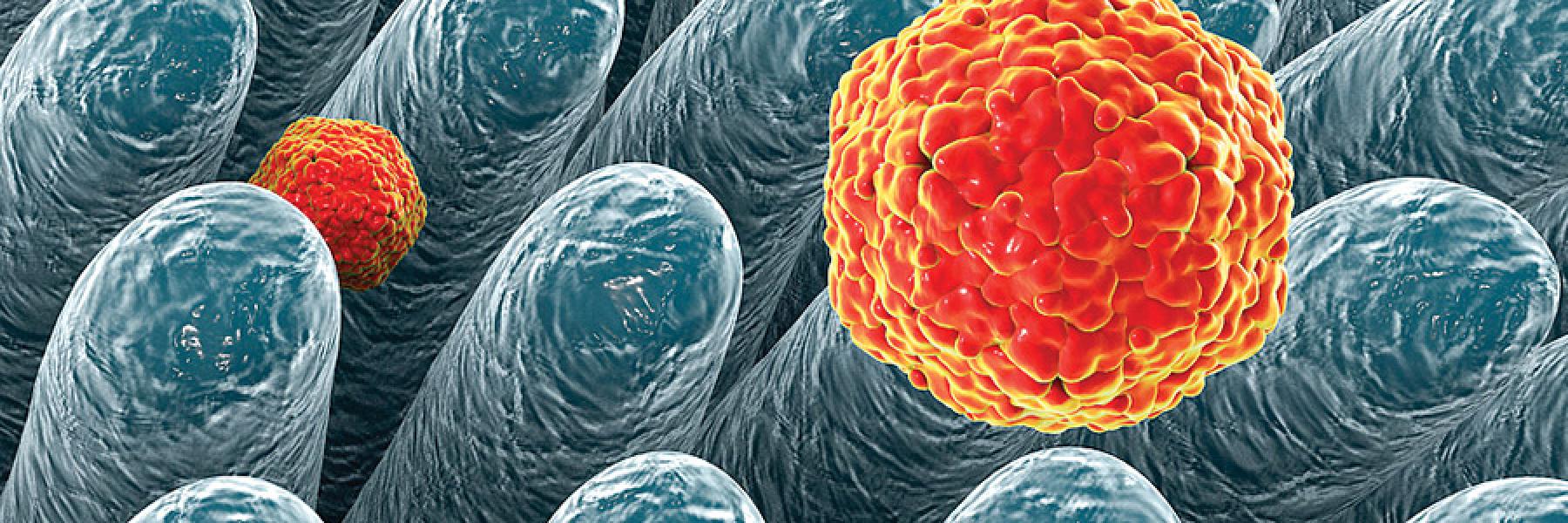So did we! Hepatitis (A, B, C, D, & E) are viruses with B & C being the most Infectious and prevalent globally. As we belatedly pay respect to 2017’s World Hepatitis Day, it’s important to note that approximately 325 million people suffer from chronic Hepatitis. It impacts people across the globe: from Pakistan, to Africa and the baby boomers in the US. The World Health Organization published a global health sector strategy in 2016 to prevent and control the virus in the global population.
As with HIV/AIDS, Spot On Sciences has been increasingly active, working with a number of organizations to validate the use of the HemaSpot device for the collection of Dried Blood Spot (DBS) enabling easier testing across the diagnostic cascade: screening, confirmatory, viral load, as well as genotyping.
In the near future, Spot On Sciences will be launching a new global health initiative to help address the diagnosis and treatment of infectious disease across the globe. We’re proud to be a part of this effort to help grow awareness and be part of the arsenal that fights debilitating


